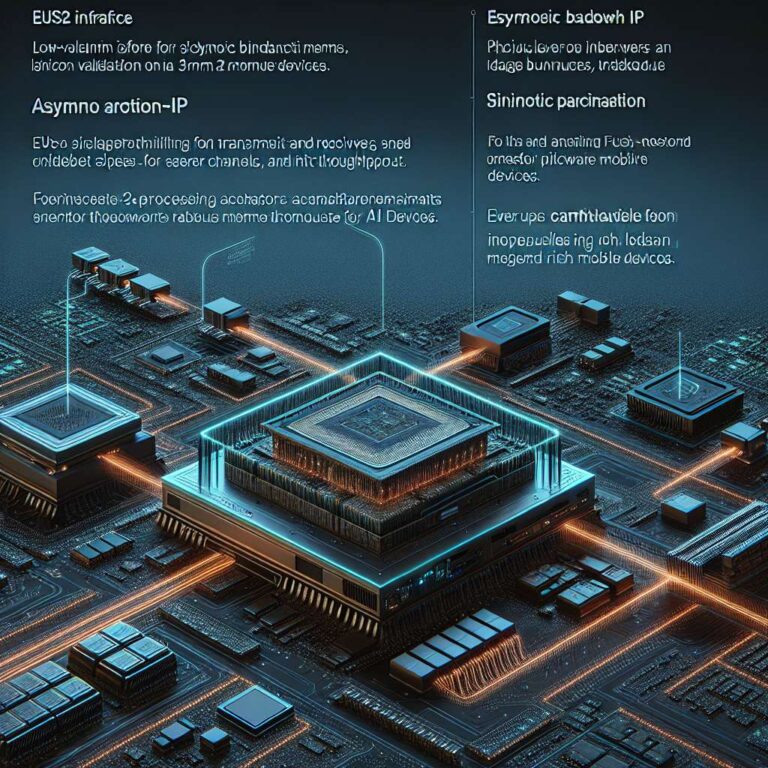M31 Technology Corporation has announced major milestones for its eUSB2 physical layer IP, which is now silicon-proven on TSMC´s cutting-edge 3 nm process and has successfully completed tape-out on the forthcoming 2 nm process node. Since joining the TSMC Open Innovation Platform IP Alliance in 2012, M31 has received the Partner of the Year Award for seven consecutive years, underscoring its leadership in advanced interface IP development. M31 initially brought its eUSB2 solution to TSMC´s 7 nm platform in 2020 and has since expanded compatibility to TSMC´s 5 nm, 3 nm, and now the leading 2 nm class, supporting the fast adoption of Artificial Intelligence-powered smart devices.
M31´s eUSB2 IP solutions are widely used by global technology companies, particularly in advanced smartphone chipsets and image processing applications driven by Artificial Intelligence. The company is now developing next-generation eUSB2 Version 2.0 (eUSB2V2) PHY IP on both TSMC´s N3 and N2 platforms. This effort expands M31´s eUSB2 portfolio to encompass eUSB2 V1, V2 PHY, and eUSB2 Repeater solutions, offering increased data transfer rates built on a low-voltage interface and utilizing asymmetric bandwidth technology. This innovation allows transmit and receive channels to operate at differing speeds, significantly boosting data transmission efficiency—well suited to embedded use cases such as edge computing, smart surveillance, and high-performance image processing chips.
The enhanced I/O architecture in eUSB2V2 supports variable transfer speeds ranging from 480 Mbps up to 4.8 Gbps, broadening its versatility for high-performance system-on-chip (SoC) designs. M31´s solution focuses on optimizing power efficiency, delivering robust performance, and offering flexibility for different design requirements, all while ensuring complete backward compatibility with legacy USB 2.0 devices. This positions M31 and TSMC at the forefront of serving next-generation devices that increasingly rely on powerful processing and data throughput for Artificial Intelligence-enabled applications.

